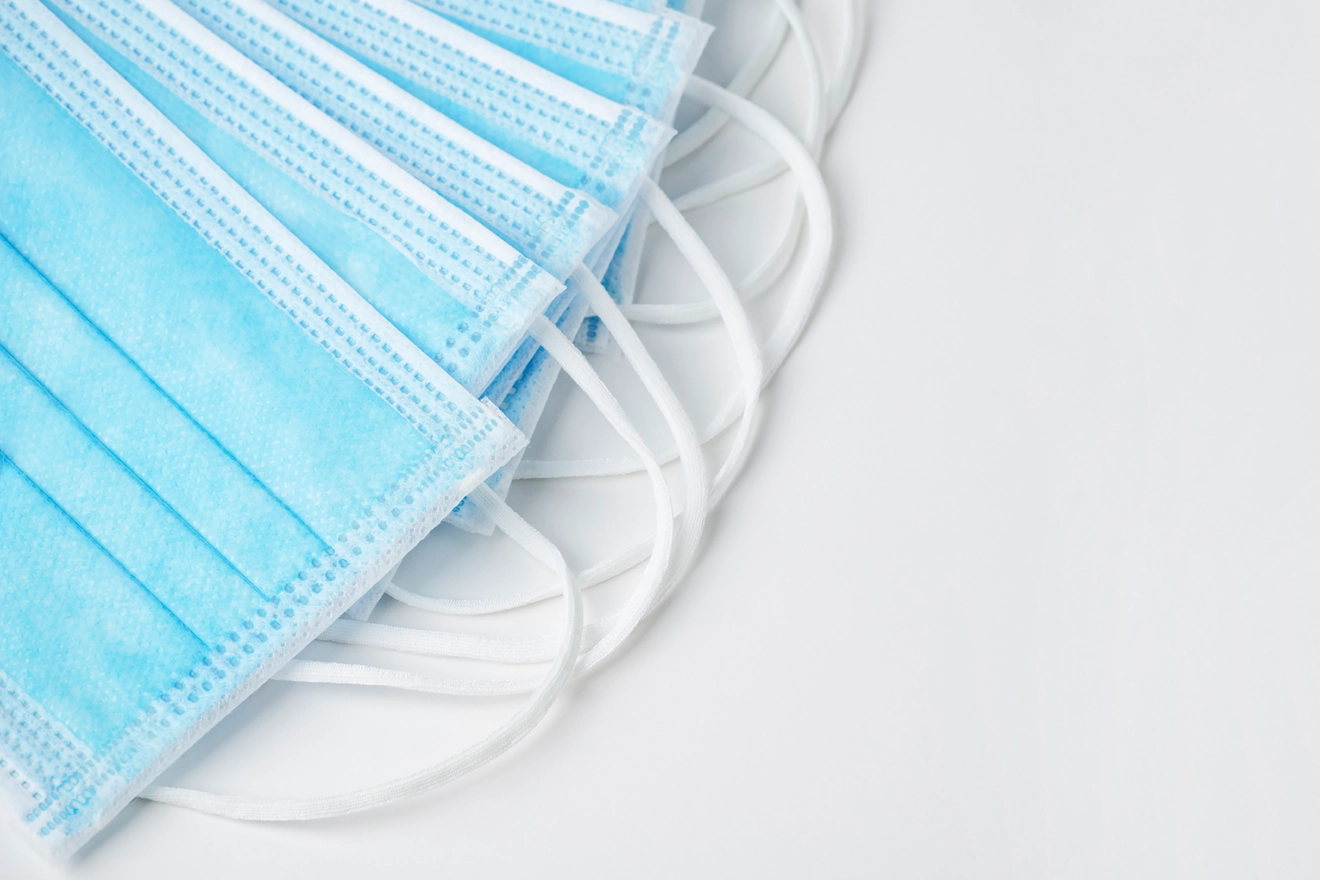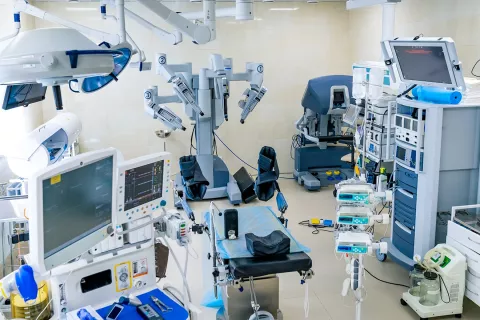
The TGA has recently undertaken a post-market review of face masks included in the Australian Register of Therapeutic Goods (ARTG) and identified common areas of non-compliance against claimed standards in this review process. Basing on the same, the TGA has devised a guidance intending to assist manufacturers in choosing the appropriate standards and to set out expectations for performance testing of respirators, surgical respirators and medical/surgical facemasks, before inclusion in the ARTG.
TGA Standards for Medical Face Masks and Respirators
For manufacturers of respirators, surgical respirators and medical/surgical face masks, the following range of standards may be of assistance:
- Standards that can be applied broadly for any medical device
- Standards related to performance specifications of certain types of devices/products
- Standards, sub-parts of standards and published procedures related to the application of a specific test method, to evaluate specific performance criteria
While choosing the applicable standards for each device, manufacturers should consider the following:
- The intended purpose of the device
- The environment in which it is likely to be used and likely users of the device
- Generally acknowledged state-of-the-art or the level of development reached at any particular time, usually as a result of modern methods
Assessing Medical Devices
There are a number of elements manufacturers should take note of, when considering the application of testing methods, to assess the performance of medical devices. In order to determine the kind of methods to be applied and how they should be applied, one should consider taking into account:
- The intended purpose of the device
- The design of the device, taking into consideration, materials, construction and manufacturing processes. And, if different parts of the device relate to different functions that contribute to achieving the intended purpose
- The results of any design calculations, risk analysis, investigations, technical tests, or any other tests carried out in relation to the device
- Post-market monitoring of the device
TGA Requirements for Fluid Resistance Testing: Facemasks must include a fluid-resistant barrier, to effectively prevent disease transmission through fluid droplets. Hence, the TGA requires masks intended to be used in medical or surgical settings to be resistant to fluid penetration and would expect the testing reports to include:
- Identification of all areas of the mask that were tested for fluid resistance
- Information related to sample pre-treatment and testing methodology conducted by the testing laboratory
- The number of samples tested and numbers of pass/failed samples
- Information about the sampling plan used at each location
- Any deviations from the requirements of the standard
Post-market Monitoring and Corrective Actions: As a part of the post-market monitoring and corrective actions systems, manufacturers must be aware of potential performance or safety issues related to their product(s) and the issue should be assessed for the risks. This can be ideally done through the application of policies and procedures defined in quality management and the application of risk management in accordance with ISO 14971. Following appropriate investigation and evaluation, the manufacturer should determine what further action should be taken to mitigate any immediate unacceptable risk to users and eliminate or minimize the risk associated with the device in the future. Manufacturers are required to establish and keep up with post-market monitoring, reporting and corrective action system.
To market the medical face masks and respirators in the jurisdiction of TGA, manufacturers must adhere to the mentioned guidelines. Though we provided a summary of the TGA guidance, to reap the complete benefits of the guidance, and to avoid market-entry pitfalls consider approaching a Regulatory expert. Stay informed. Stay compliant.









